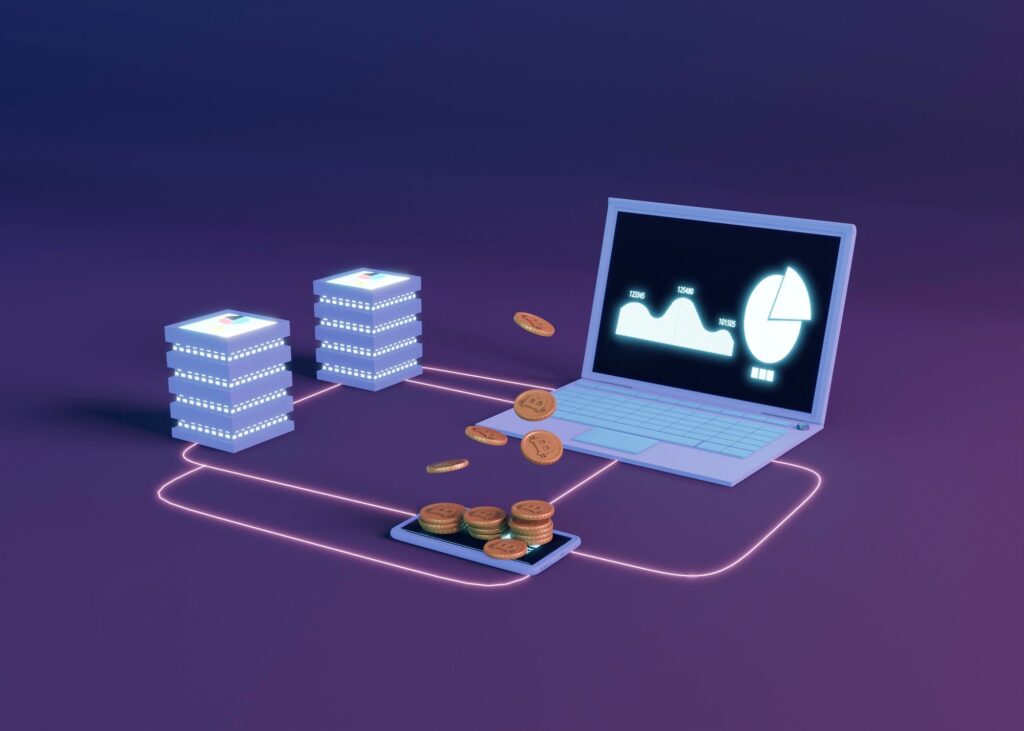Tokenization of Real-World Assets: Unlocking Liquidity, Efficiency, and Access
Explore how tokenization of real-world assets is transforming markets by enhancing liquidity, and opening access to global investors.
A quiet revolution is reshaping how we own and trade physical assets
In the digital age, the way we think about ownership is evolving. From art and real estate to commodities and collectibles, traditional assets are stepping into the future through tokenization. But what does this really mean?
Tokenization of real-world assets refers to the process of representing physical items or traditional financial instruments as digital tokens on a blockchain.
This shift is more than technological—it’s economic, legal, and profoundly transformative.
By converting tangible items into secure, tradeable digital representations, tokenization offers increased liquidity, fractional ownership, and a broader investor base.
For institutional investors and everyday participants alike, tokenization is unlocking markets once restricted by geography, regulation, and sheer cost. As blockchain infrastructure matures, this innovation is not just a possibility—it’s becoming a new standard.

The Rise of Tokenized Assets: A New Financial Frontier
Tokenization is rapidly gaining traction across various industries. At its core, it leverages blockchain technology to create digital tokens that represent ownership of a specific asset.
These tokens are stored, verified, and transferred on decentralized ledgers, offering transparency and traceability.
Let’s break it down with an example. Imagine a $10 million commercial building in London. Traditionally, purchasing a share of that property would require intermediaries, complex contracts, and significant capital.
Through tokenization, the building can be digitally divided into 10,000 tokens, each worth $1,000. Now, investors around the world can own a portion of that building—without the need for large capital outlays or bureaucratic red tape.
This approach opens the door to asset classes that were previously inaccessible to the average investor.
Real estate, fine art, luxury goods, and even farmland are now being tokenized, transforming illiquid assets into more fluid, divisible, and tradable forms.
Why Tokenization Matters Now More Than Ever
Global financial systems are increasingly digital, yet many investment structures remain outdated and exclusive. Tokenization bridges the gap between legacy asset classes and modern blockchain innovation. Here’s why it matters:
Liquidity
Traditional assets like real estate and art are notoriously illiquid. Tokenization introduces liquidity by enabling peer-to-peer trades on secondary markets. Owners can sell fractions of an asset without liquidating the entire item.
Accessibility
With fractional ownership, investors don’t need millions to access high-value assets. A broader demographic, including retail investors, gains exposure to new opportunities with lower entry barriers.
Transparency and Security
Blockchain technology ensures that every transaction is recorded and traceable. Smart contracts can automate compliance, reducing fraud and eliminating manual intervention.
Cost Reduction
By removing intermediaries such as brokers, escrow agents, and legal facilitators, tokenization lowers transaction costs. Smart contracts streamline processes like dividend payouts or ownership verification.
Global Reach
Tokenized assets can be accessed and traded globally, bypassing many of the national barriers that restrict traditional investments. This opens new markets and diversifies investor pools.
Use Cases Across Industries
Tokenization is already reshaping key sectors:
- Real Estate: Property developers tokenize buildings to raise capital faster and open investment to a wider audience.
- Commodities: Precious metals and energy resources are tokenized to ensure transparent and efficient trading.
- Art & Collectibles: Tokenization allows shared ownership of high-value items while maintaining authenticity through blockchain verification.
- Private Equity: Startups and companies can tokenize equity, allowing smaller investors to participate in early funding rounds.
Challenges and Considerations
Despite the promise, tokenization comes with hurdles:
- Regulatory Uncertainty: Different jurisdictions approach tokenized assets in varied ways. Legal frameworks are still evolving.
- Technology Maturity: While blockchain infrastructure has improved, scalability and interoperability remain technical challenges.
- Investor Education: Many retail investors lack knowledge about how tokenized assets function or their associated risks.
Nevertheless, as standards emerge and platforms mature, these barriers are gradually falling away.
Companies like Securitize, Polymath, and tZERO are leading the charge in compliance-focused tokenization platforms, showing that the ecosystem is stabilizing.
The Future of Ownership is Digital
Tokenization of real-world assets marks a significant evolution in how we define, divide, and distribute value.
It offers a democratic path to wealth creation, bringing efficiency to markets historically bogged down by opacity and friction. As regulation catches up and technology continues to scale, tokenization is poised to become a foundational layer of modern finance.
Those who understand and embrace this shift early stand to benefit from a new era of accessibility, innovation, and global economic participation.







